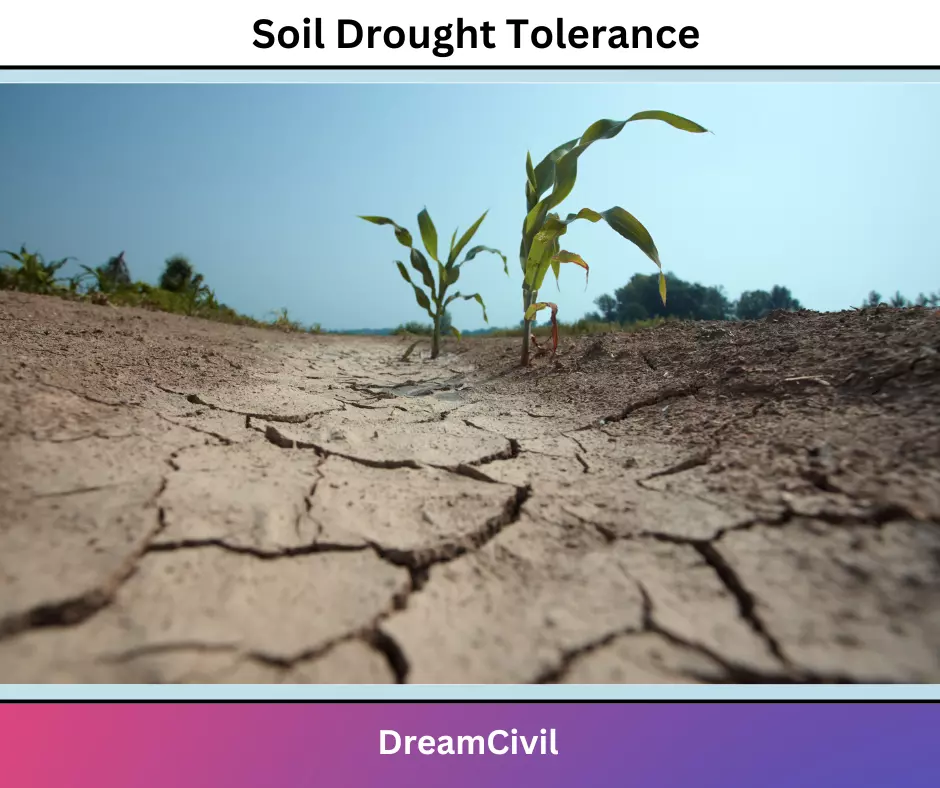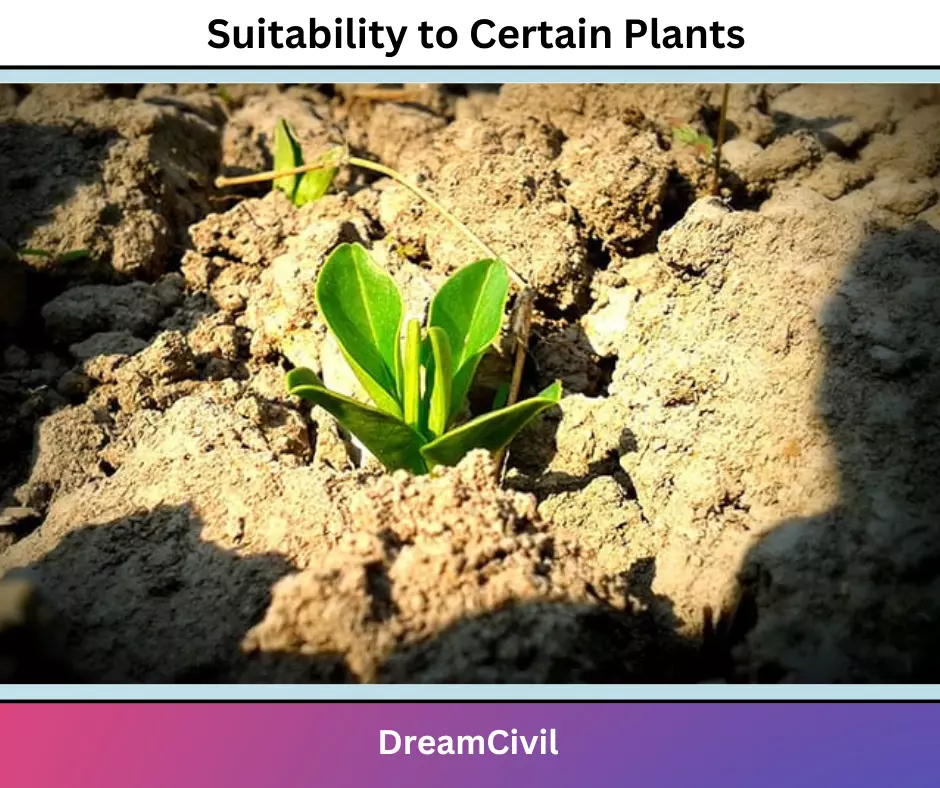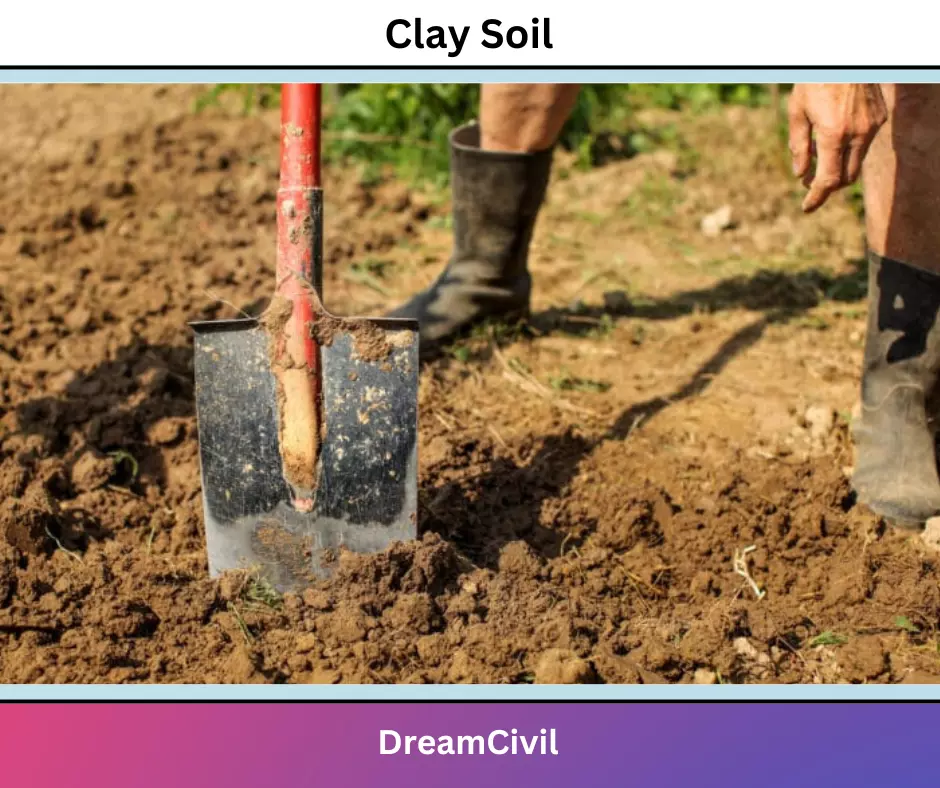Table of Contents
| Summary The soil which is composed of extremely fine mineral particles and not much organic material is known as clayey soil and this clay soil benefits from high nutrients. The clayey soil is made of excellent particles of clay and that way clay soil maintains a high capacity of water. Wet clay types soils are sticky and possess extremely little air in clay the size of soil particles is less than 0.2 mm. |
These clay soils are comprised of millions of clay particles that are 0.001 millimeters in radius. The particles of soils are closely spaced so they have poor water movement as well as air movement throughout and the clay soils are notorious. This soil possesses an above than 25% of clay-made soil clayey and soil maintains a high portion of water because of the more spaces found between clay particles.
This clay soil is ideal work for paddy-type plants, but not suitable for numerous others, and also to create pots, toys, and other products this clay is employed. If whenever you witnessed the water tends to puddle on the ground rather than soak in it is possible your soils are clay type.
Soil that possesses over 50% clay particles is called heavy clay soil and for deciding whether your soil is clay soil or not, you can do a simple soil test. But high likely to know if you own clay soil. If the soil sticks to the garden equipment form big clods, glue, and also sticks to a shoe which soil is not effortlessly stuck off, and crusts over and makes a crack in dry weather Situation.
1. How To Enhance Clay Soil?
The advancement of clay soil will carry time and effort work but the main thing is that the clay soil work you do immediately enhance the structure of your existing soil and create them more comfortable to work with it.
Enhancing a whole planting area at once rather than to try enhancing the soil’s individual planting holes as you require them if you excavate a planting hole in clay soil. For the advancement of existing soil, you must provide 6 to 8 inches of organic matter to the whole bed.
Also, you can deliver according to the requirement of its organic matter. Grass clipping, shredded leaves, compost, rotted manure, rotted manure, and compost are all excellent options.
Then distribute organic matter on top of the soil, here the manual labor reaches the organic matter required to be combined into the top 6 to 12 inches of soil. For this excavating and mixing process, you can utilize a shovel because it is a very handy tool for it, and also allows moving a lot of earth or soil without squashing the particles of soil.
When you are ended, the garden bed work will be a few inches more elevated than it was previously but this is not a major trouble because your bed garden will be dropping all over the season and split down the organic material.
The structure of clay soil will resume enhancing as microorganisms in the soil work to split down all of the organic matter that you have applied. The bed can be planted instantly plan for providing more organic matter in the form of compost once or twice a year, this process will continue for improving the soil structure and offset any setting that occurs. When you purchased your property land and then it did not come with perfect soil at that time required clay soil advancement.
Clay soils have an average of 2% organic matter, 16% air space, and 82% minerals. Those gardeners normally strive for 50% of air space, 45% mineral content, and 5% organic material that all things are known as ultisol by soil scientists.

2. Testing of Clay
There are two types of tests that can be carried out to determine the clay test as follows:
A. Jar Test
B. Ribbon Test or Strip Test
A. Jar Test
Conducting this test needed a glass jar, you can utilize any jar such as a spaghetti sauce jar, species jar, and multiple more. Before conducting a test, you should accumulate one cup of soil from about 3 inches deep surface.
Clear any rocks or pebbles from the sample, and provide the soil into the jar, then put water up to 1 inch from the top level. Then you can provide a teaspoon of borax powder for setting the particulates, and if the borax powder isn’t available then you can employ any detergent and exit this step out.
Then put the cap on the top of the jar and jerk it aggressively for several minutes, if you like it to blend well so you can place a jar on a level surface and leave it for 24 hours.
After, you can visit the soil will split out into various layers as sand are weighty in nature so it places at the bottom of the jar and the middle layer is full of loam, the clay is set at the top and you should conclude up with clear water at the top.

B. Ribbon Test or Strip Test
To conduct a ribbon test, first, you grab a handful of soil from 3 inches under the ground surface and then apply the soil on a plate, pan any vessel and pick out any debris or rock then arrange your soul in a pile and provide a little portion of water.
So it is constructed like putty means wet situations but not too much in wet situations. And the next step is rolling the soil into a ball shape and if it does not make a ball shape then you have a place in sandy soil. If it forms a ball shape, the next step is to form it into a ribbon or strip shape with the benefit of the thumb and forefinger.
While completing a strip or ribbon shape, if the soil crumbles then you own loamy type sand, and if the soil stays and completes a ribbon 2 to 3 inches long then you have clay soil, also this test is known as a Strip test.

3. Uses of Clay Soil
a. Clay soil Employed for Construction Purposes
Since ancient times clay soil has been employed for construction use due to its special properties, clay soil can be driven into brick by either fire burning process or a sun–drying process.
Other building material cobs are also prepared of clay by mixing with some other building materials like sand and straw and these cobs and adobe are very affordable, Bearable, incredibly durable, and competent of lasting for hundreds of years.

b. Clay soil used for making Ceramic
Clay is elastic in nature it can be smoothly molded into various structures and shapes when water is composite in it, after putting water into clay soil malleable material is included. That reason the clay soil is employed for ceramics by ceramicists, also the clay can be employed to prepare ceramic tiles, as well as that, can be employed for floors, walls, and counters.

c. Clay soil Used for Pottery
Clay soil is employed for preparing pottery since ancient times, it is dark-colored clay that is blended with water and then prepares a thick mass type of material and that mass material is molded into various shapes and pots. These clay-molded structures are kept inside an oven where it is fired for sucking out all the wetness from it so that it gets a hard texture.

d. Clay soil is used for Medicinal purposes
The clay soil is employed for preparing folk medicine, it has been found that the mineral contents of clay soil reduce wound infections and upset stomachs. The study has actually revealed that the clay soil possesses mineral particles with antimicrobial properties which are sufficient in killing pathogenic bacteria that are well resistant to antibiotics.

4. Advantages of Clay
a. Soil Drought Tolerance
The clay soil can be having so much wetness that it is perfectly drought tolerant. In that case, when an ample portion of clay is current in your soil at that time your plants have sufficient water to draw on during the dry season or drought situations.

b. Good Nutrient Density
Forever clay soil particles are attracted and attach to nutrients such as magnesium, potassium, and calcium which provide food to plants and assist to grow them.

c. Suitability to Certain Plants
The moist clay soils are not appropriate for lots of plants but only appropriate for certain sorts of plants because it is high in moisture and rich nutrients are available.

5. Disadvantages of Clay Soil
a. Reduced aeration
The dense clay soil attaches particles closely jointly so that the roots of plants do not contain a sufficient amount of air.

b. Increased compaction
Dry clay controls the infiltration of plants throughout the ground and creates sticky and thick surfaces, so an improved rate of compaction of this kind causes them hard for growing the tree.

c. Poor drainage
The clay soil still holds water content which keeps moisture in clay that does not drain water very well guide to rotten roots and other severe problems.

| Read Also: Refuge Area |

